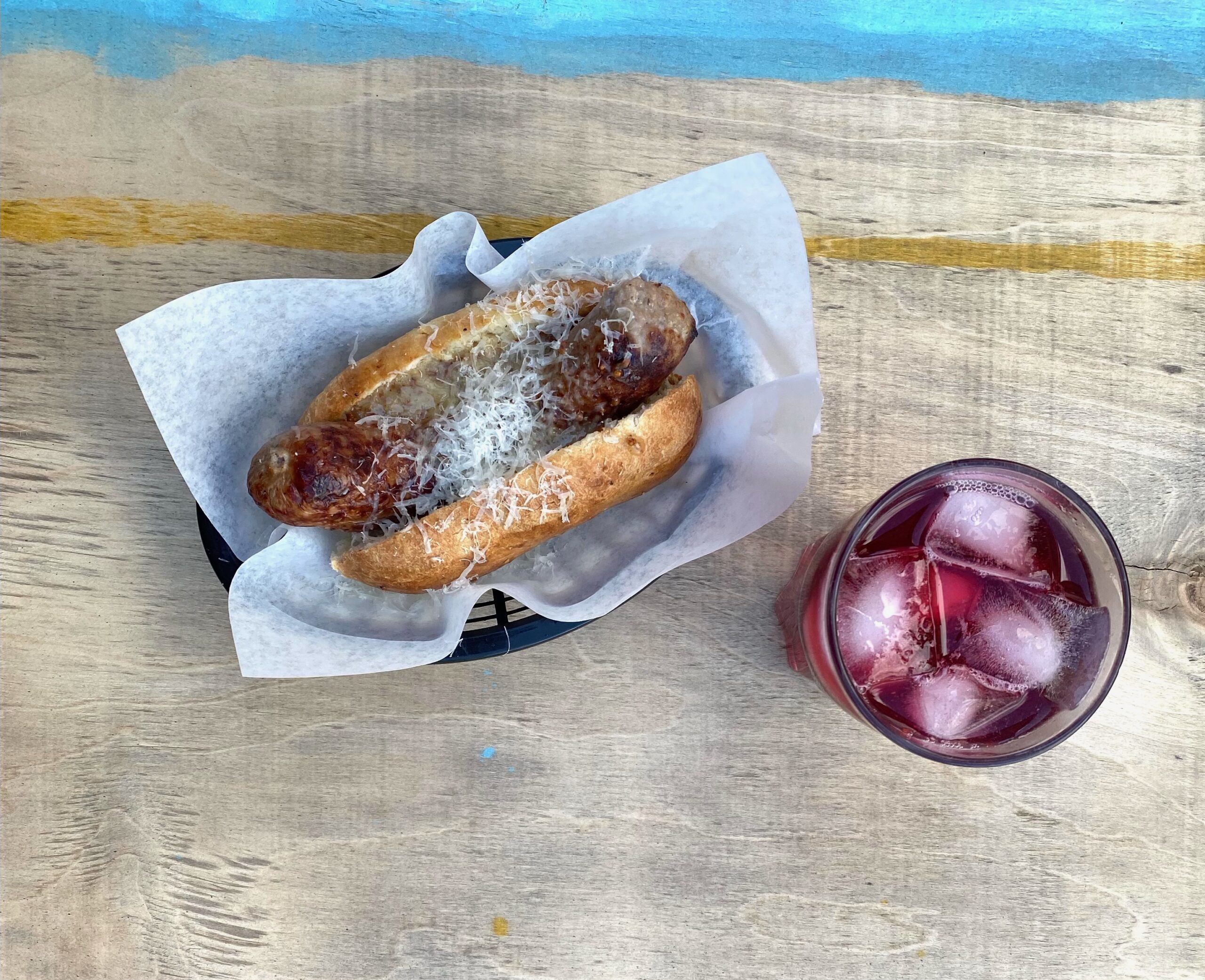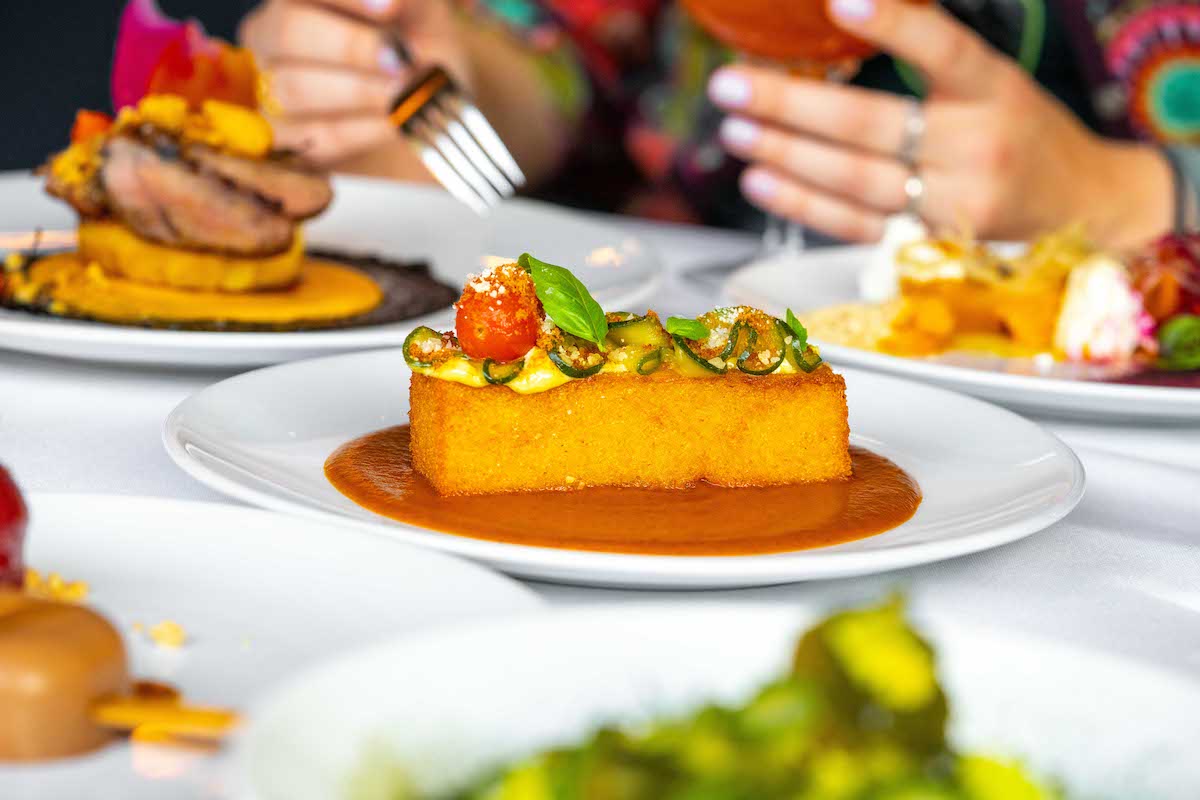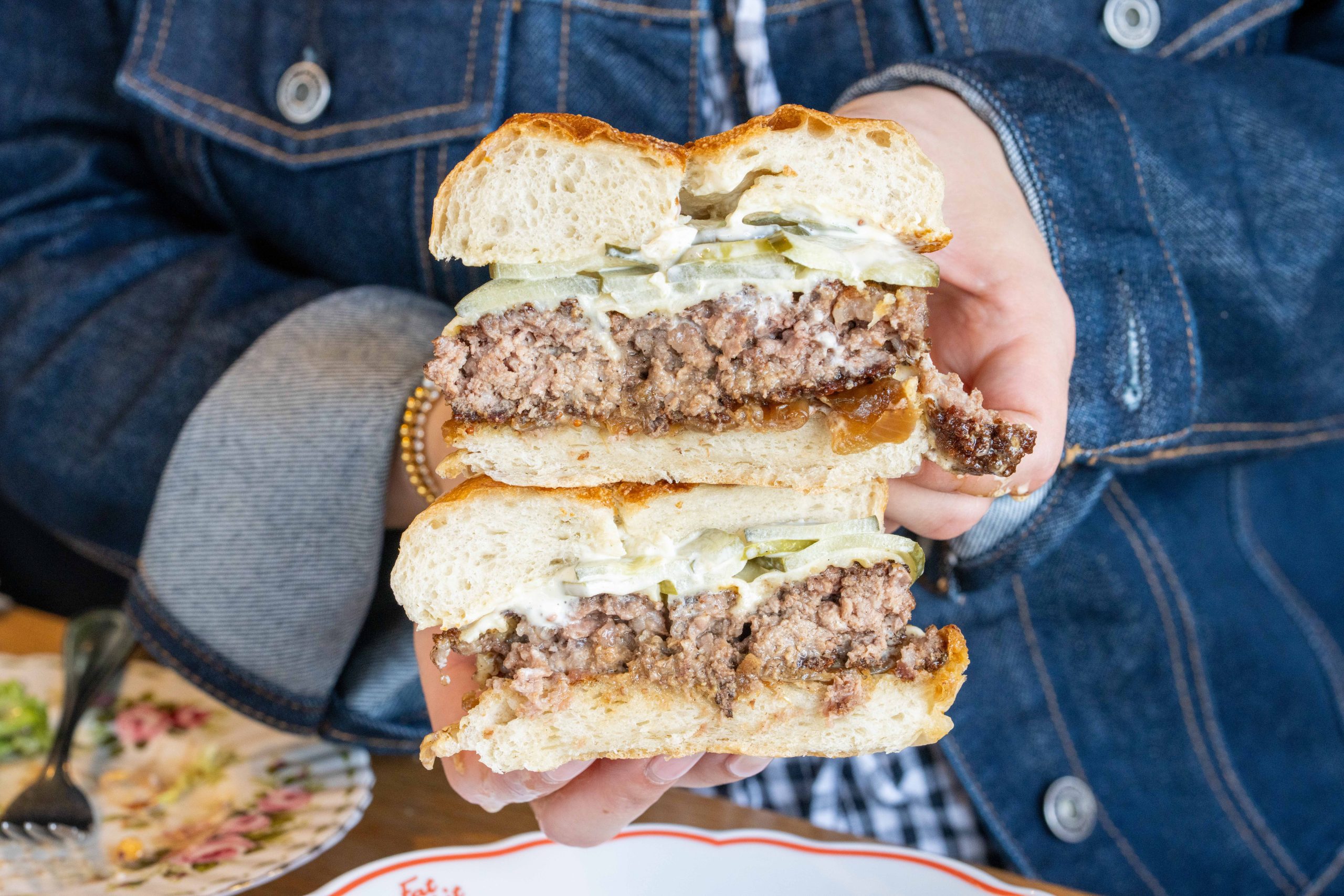FoodShare’s executive director, Paul Taylor, explains the complex reasons for food insecurity and offers up solutions large and small.
When FoodShare launched in Toronto in 1985, its mission was to establish food security in underserved communities. Since then, it’s come to understand that hunger isn’t just a problem to be solved—it’s the consequence of structural inequalities that overwhelmingly impact racialized people, recent immigrants and people with disabilities. That’s why, 36 years after its launch, the organization now envisions itself as a “food justice organization,” says executive director Paul Taylor.
That means it’s simultaneously working alongside communities that face chronic underinvestment to create infrastructure for everything from resident-run markets to urban farms while fighting the structural causes of food insecurity. (And by the way, anyone can help! You can choose to donate your Great Taste of Ontario passport check-ins to FoodShare. For every 15 check-ins you redeem, the Culinary Tourism Alliance will donate $25 to the organization.)
We chatted with Taylor about what really causes food insecurity, how FoodShare is working to solve it and why community gardens can play a role.

What do you see as the cause of food insecurity?
Food insecurity is first and foremost an issue of income. Wages are too low. There was a plan to increase the minimum wage from $14 per hour to $15 per hour and that got rolled back. We have to ask ourselves, why do we uphold systems that make access to food inequitable in a country that ratified the legally binding rights to food? We’re under no illusions about the organizing principles: things like racism, white supremacy, colonialism and imperialism. Those are the things that serve as unjust barriers to food access.
Why is the problem of food insecurity difficult to solve in Canada? It doesn’t seem to be an issue of supply or distribution.
It doesn’t seem to be an issue of supply or distribution. I think it’s really important to acknowledge that there’s more than enough food to feed all of the people that live in Canada. Distribution or supply has very little to do with food insecurity.
Food insecurity and poverty are only difficult to solve because our governments refuse to make the necessary public policy commitments. What they do instead is double down on emergency food charities. We’ve seen this inside and outside of the pandemic. Food insecurity and poverty could actually be a thing of the past if our governments made it a priority.
It can be difficult for people to wrap their heads around the enormity of this problem. But there’s also an emotional element to hunger and food insecurity, right? I think if you haven’t experienced food insecurity, it’s very difficult to understand what it feels like to not know if you’re going to be able to feed your child tomorrow. Food insecurity sends a message to people that they’re less deserving. If you live in a community with a local farmer’s market, you’ll see people walking away with their canvas bags filled with a huge bounty of fresh local produce, fresh bread. Compare that to what’s on offer at food banks and where that food historically comes from.
So, when you’re talking about the way that food is distributed through FoodShare, that’s done in a direct effort to dismantle those kinds of emotions and messages.
Without a doubt. It’s folks in those communities who are working with their neighbours to co-design interventions that work for that community. Low-income individuals that are leading and setting up the equivalent to a farmer’s market but with a focus on affordable and culturally relevant food.
What does it mean to be a community-led organization?
It’s about self-determination. It’s about not having someone from another community, who may not have any lived experience of what it’s like to be hungry, doling out someone else’s leftovers. I think our model really sees it as an opportunity for folks in the community to lead in the way that they’ve been robbed of for a whole host of reasons.
What do you look for in the local partners you work with?
The types of partners that we’re looking to engage are ones that really want to understand why food insecurity exists in this country. A couple of summers ago, we launched the Dismantling White Supremacy Good Food Box. It’s a box of produce filled with products primarily or exclusively grown locally by BIPOC growers or BIPOC-run farms. As an organization, we’re buying millions of pounds of produce. So, we wanted to disrupt the way that white supremacy works in our food system in as many ways as we can and ensure that we’re having some of our dollars go directly to the farmers that we know are more likely to be underrepresented, under-supported, and have more difficulty accessing capital.
During the pandemic, there’s been an increase in discussion around the term “food desert,” which refers to an area that has limited access to affordable and nutritious food. Where do you stand?
I think we’ve got to be critical of the term ‘food desert.’ My friend Karen Washington, an urban farmer and activist in the U.S., calls it ‘food apartheid.’ She points to the fact that a desert is something that’s naturally occurring. What’s happening with a lack of access to fresh food in low-income communities is not naturally occurring. There is intentionality behind the disadvantages. I think we should also be talking about it as a ‘food mirage.’ With many of Toronto’s neighbourhoods rapidly gentrifying, what also ends up happening for low-income folks is that the food that’s available to them isn’t affordable. There might be a green grocer in that community, but if the folks that want to access it don’t have the income that allows them to, it’s like they can see it, but they can’t touch it. It’s not really there.
Community gardens can’t solve food insecurity, but are they still a valuable initiative?
Although we can’t let our work be positioned as a solution to food insecurity, I think it’s really important. Resident-led food infrastructure provides opportunities for people to engage in the joy that many of us associate with growing, cooking, sharing and eating food. These are mechanisms for building community and challenging the systems that otherwise work to isolate us. But as incredible as community gardens are, they don’t set the minimum wage.
Land availability aside, what goes into the strategy for choosing locations for gardens?
Food is something that is so wonderful when we get to engage in it. So, we’re looking at places where we need to prioritize supporting people to celebrate food. That’s what inspired us to start the Sunshine Garden with CAMH, where we worked with inpatients and outpatients and made a market garden right on the hospital grounds. What ends up happening is that those patients are actually supporting the community by providing access to affordable fresh produce.
Do you have a beloved community garden that you visit outside of FoodShare’s gardens?
One of the most inspiring and beautiful places that I love to walk to is the Milky Way Garden in Parkdale. It’s a garden with predominantly Tibetan gardeners. It’s not only a place that folks are growing food, but it’s also a vibrant community food asset and a space that’s facilitating social connection. It’s actually one of the memories I cling to in this time of physical distancing. I look forward to the opportunity to reconnect physically with my community and visit spaces like the Milky Way Garden.
And what are you looking forward to this planting season, especially after how different last year was?
I hope that by at least the parts of the season where we’re harvesting, we can be doing that alongside our community. I hope that that kind of activity can happen across the city because we know the incredible power that it has when people are growing food together. You see people beaming from ear to ear when they pull food out of the ground that they grew and offer it to someone they love. That’s what I’m really looking forward to — our return to that.
3 Community Gardens That Are Promoting Sustainability
Equal Grounds Community Gardens, Brantford
In Brantford, Equal Grounds Community Gardens takes a slightly different approach to community gardening. Instead of renting out plots, growing areas—including their largest garden, which has 66 beds, a berry patch and 12 fruit trees—are communal. In regular years, seeds and plants are provided to the gardening community and everyone takes part in maintaining and harvesting the produce they’ve tended to all season. But during COVID, Equal Grounds implemented a new project. Their Host Garden Program supplies home gardeners with seeds and plants to cultivate at home, with the gardeners making the commitment to share produce with their communities or to give back by donating their time to the organization. Underpinning the entire project is the belief that there should be no economic divide when it comes to food.
Medicine Wheel Garden, Toronto
Toronto’s Hillcrest Park is home to the city’s first Aboriginal community garden. Established in 2012, the garden is planted, cared for and harvested by men from the Na-Me-Res transitional housing program. In addition to the hundreds of pounds of food cultivated there each season, the gardeners also grow ceremonial sweetgrass, tobacco and sage to be used by their Indigenous community. A day of gardening typically begins with a big breakfast prepared from ingredients the volunteers have grown themselves. Reaching beyond their own communities, Mashkikii;aki’ing (as it’s known by its Anishinaabemowin name) has become a destination for Toronto school groups who visit the garden to learn about local Indigenous practices as they relate to nature and the Earth.
McQuesten Urban Farm, Hamilton
This city-run program found a home on a disused piece of land once destined to be a roadway. Now, Hamilton’s first urban farm has evolved to become a summer ‘sprout’ camp, a local fresh food market, a healthy food box distributor and the neighbourhood’s far superior alternative to the only convenience store within walking distance. Spanning three acres, the farm has transformed the area from what Hamilton’s Neighbourhood Development project manager Adam Watson calls a ‘food desert’ into a community hub where neighbours gather to garden, learn and eat group meals celebrating the fact that this small urban farm puts out 50,000 pounds of food each year.
CONTENT FROM GLOBE CONTENT STUDIO
ORIGINALLY PUBLISHED MAY 28, 2021
as part of the Great Taste of Ontario Special Report





